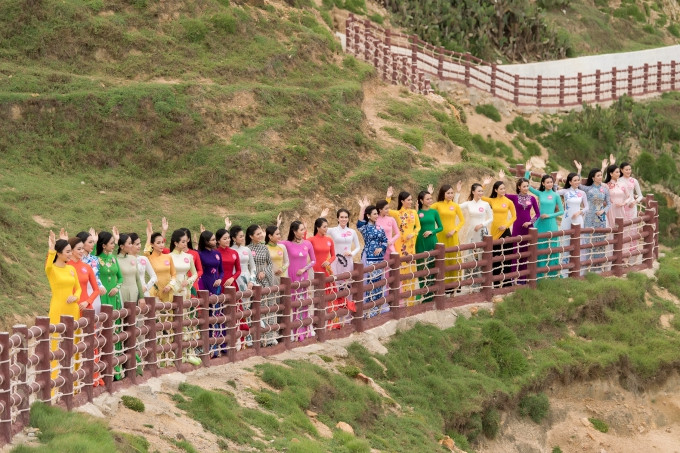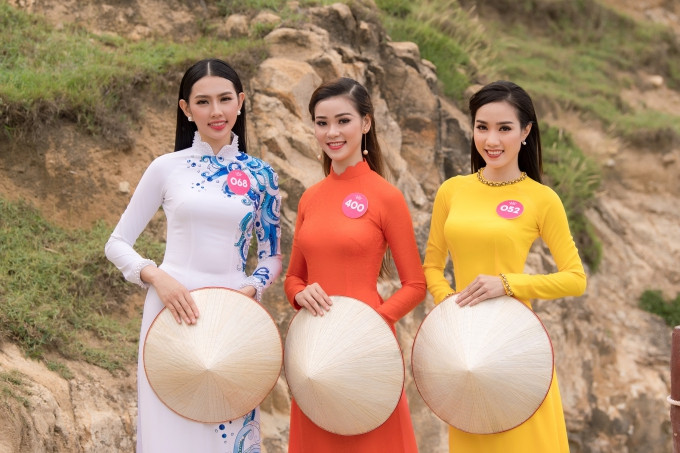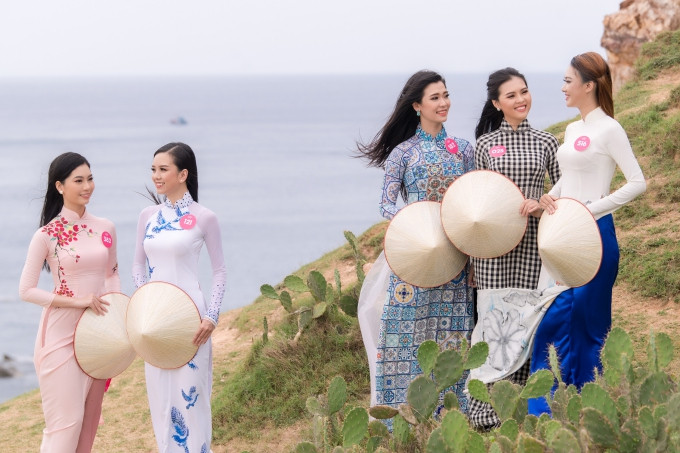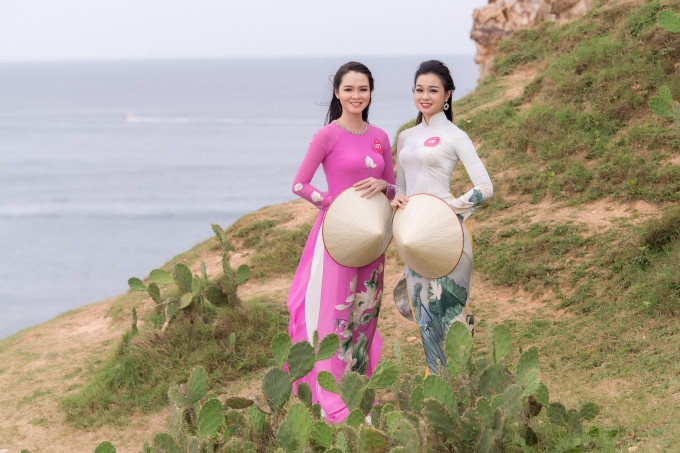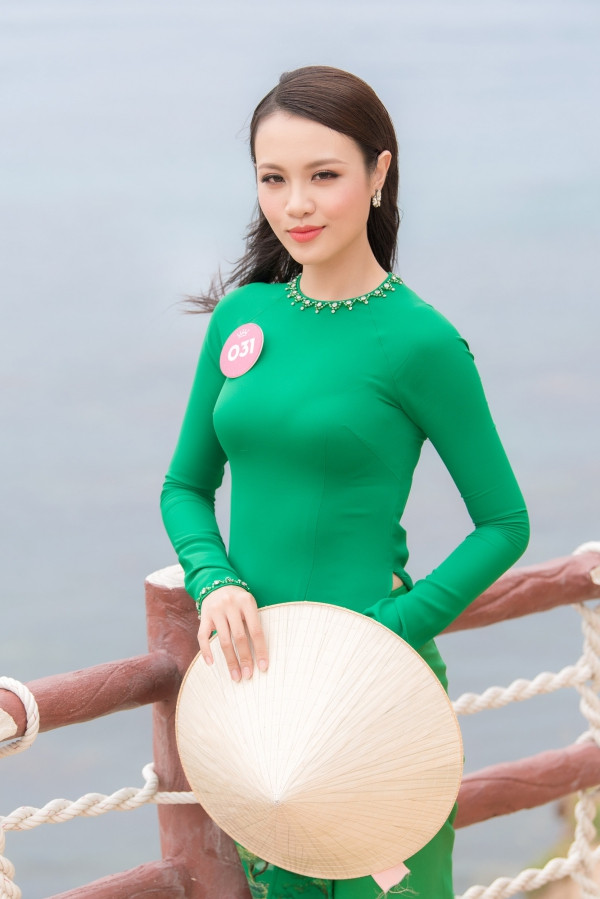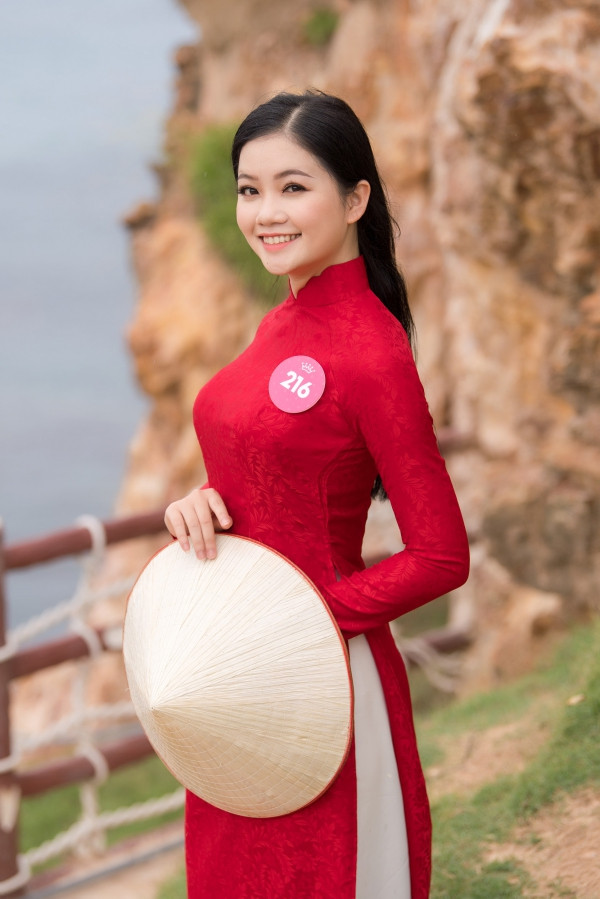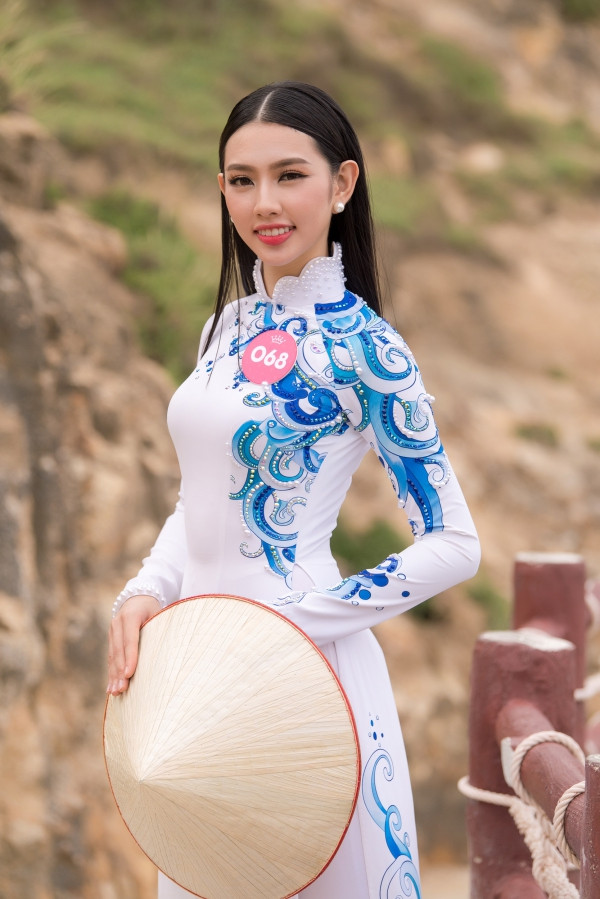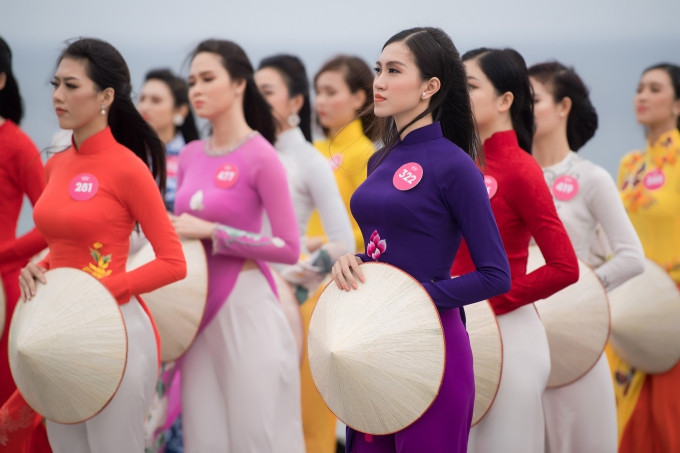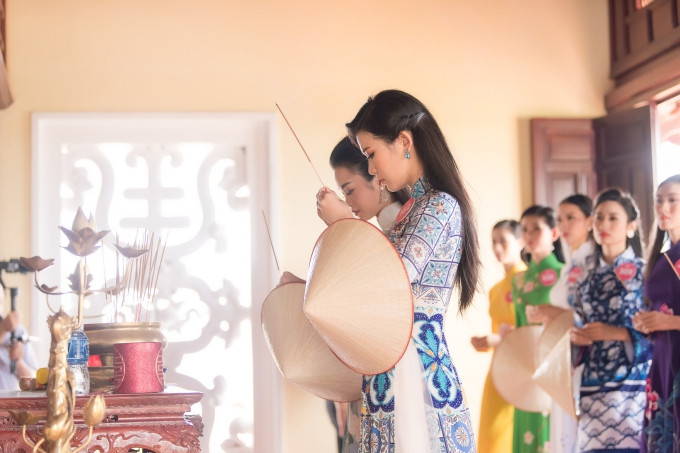Are Vietnamese beauties more attractive in ao dai than bikini?
The finalists of Miss Vietnam Southern region were radiant in their traditional ao dai while exploring the famous Eo Gio landscape in Quy Nhon. Some people said that they were more attractive in traditional ao dai than in bikinis.
|
The Southern final round of Miss Vietnam 2018 took place from June 13-23 in Quy Nhon city with the participation of 30 beauties. There were 3 contestants who switched to the Northern final round due to their busy school schedules. On the first day, the contestants visited a number of scenic spots, including Eo Gio. |
|
Eo Gio has recently become a famous landmark of Quy Nhon because of the arc-shaped mountain range jutting out into the sea, along the mountain there are stairs built with safe handrails. |
|
On the occasion of the 30th anniversary, Miss Vietnam will be held in many provinces and cities. The organizers hope that the contest's activities will contribute to spreading and promoting local tourism. |
|
The majestic and windy nature excited the contestants. They showed off their beauty in colorful ao dai. |
|
In addition to the accompanying activities, the beauties also diligently practiced their performance and posing skills to prepare well for the upcoming competitions. They also completed the photo shoot in ao dai, bikini and self-introduction videos. |
|
Miss Foreign Trade University Ho Chi Minh City Thuy Tien. She haslost 32 kgto participate in beauty contests |
|
Ha Luong Bao Hang is the first runner-up of Miss Foreign Trade University, Ho Chi Minh City. She is 21 years old and studies International Finance. |
|
Candidates Vu Thi Hong Tuyet (left) and Vu Hoang Thao Quyen have bright smiles. |
|
Nguyen Thuc Thuy Tien was crowned 1st runner-up of Miss Southern Vietnam 2017. She was a face that attracted attention from the preliminary round. |
|
Before that, 30 candidates came to offer incense at the victory monument in the Nui Ba Revolutionary Relic Site. |
|
This used to be an important revolutionary base of the Eastern region during the resistance war and was recognized as a national historical and cultural relic by the Ministry of Culture, Sports and Tourism in 1994. |

